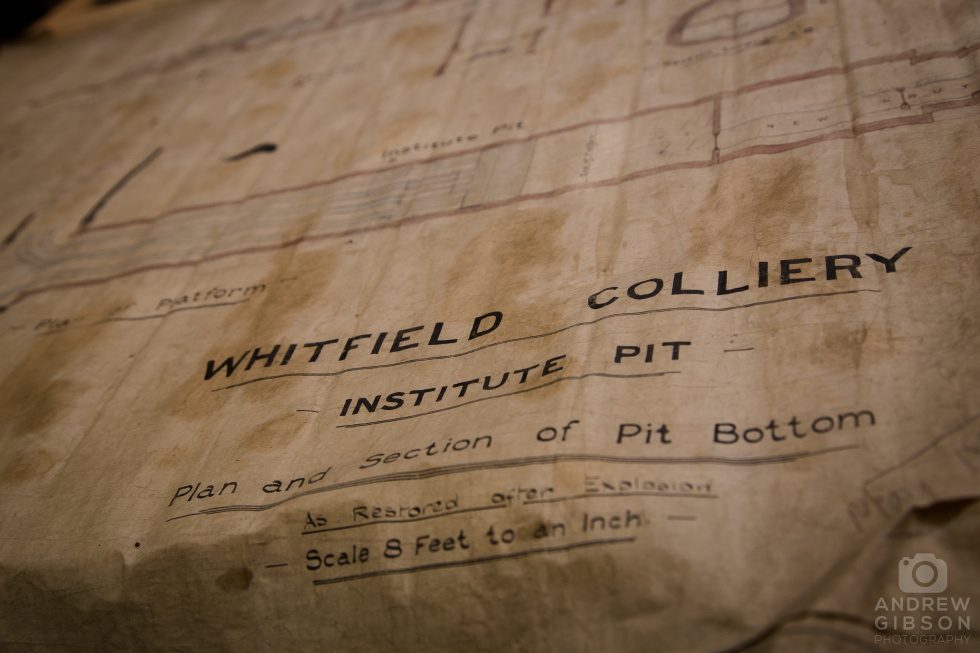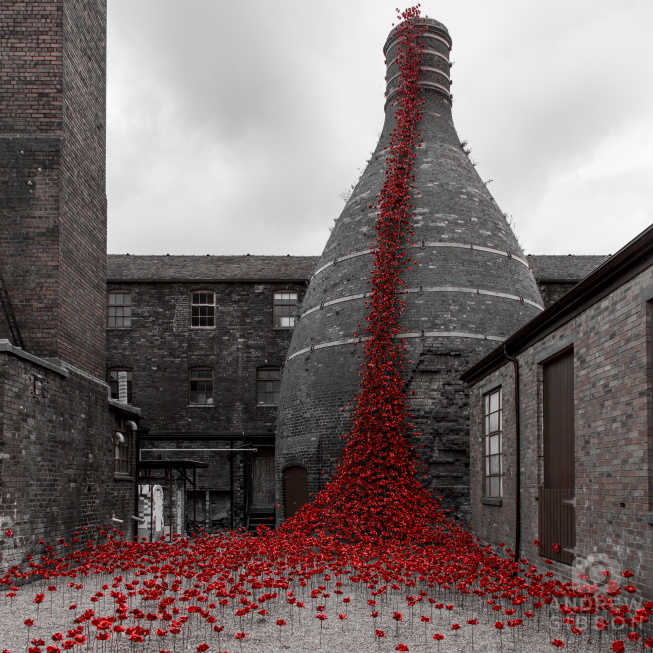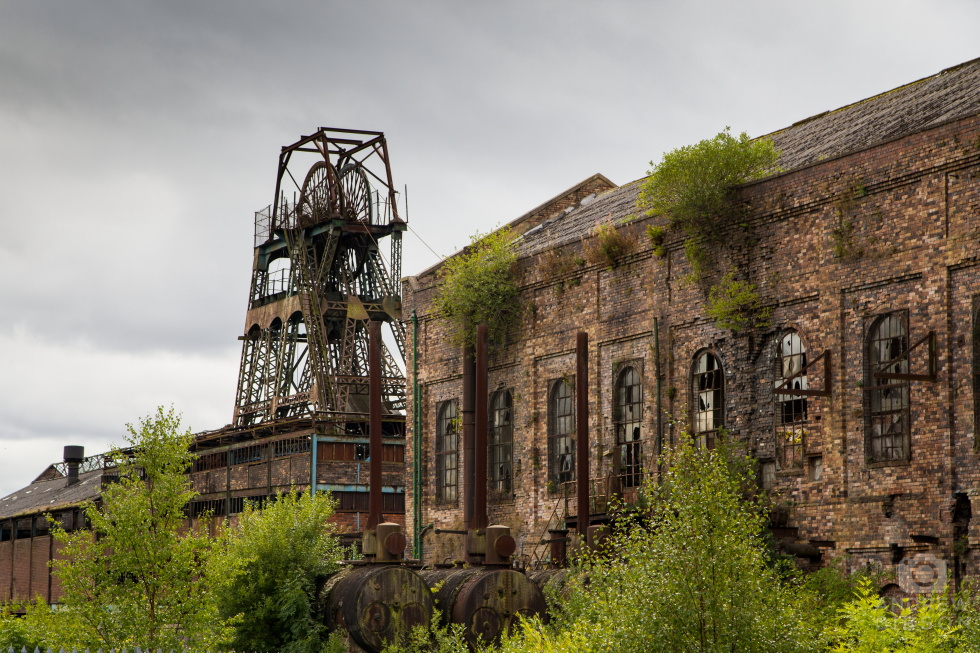The great thing about the Heritage Open Days is that you can sometimes get to see the places… that you can’t otherwise easily sneak into for a look round yourself. And Chatterley Whitfield Colliery for me is definitely one of those places.
I say ‘a look around’ but in today’s over cautious and litigious society it’s strictly by appointment, no access to most buildings and stand behind the red and white tape please, while distant and sinister looking observers from Stoke City Council monitor the proceedings in their hi-vis tabards to make sure nobody does anything they shouldn’t. I was expecting something along these lines, but I’ve been trying to get a look round here for a while and I wasn’t going to miss the opportunity now.
Having made sure I was online the minute the tickets for this year’s event went on sale last month, with a place secured I made the 90 minute journey to take a look at this important slice of industrial heritage nestling in the Staffordshire landscape. On arrival I was greeted by the Friends of Chatterley Whitfield, a decent and varied bunch of people with much enthusiasm and commitment to saving this vast site. Even they haven’t seen inside most of the buildings which are now deemed too dangerous, either owing to the deteriorating structures or the pigeon infestations. Much talk was made of the urban explorers that had had recently scaled fences and dodged cameras to produce a catalogue of interior photographs that they were so pleased with they had them on a slideshow at the end. I smiled to myself as a sometime explorer and fringe member of that community that the covert efforts of people often branded ‘reckless’ was so gratefully received. This particular site was beyond my capabilities though so I enjoyed the walk round as best I could knowing I’d already seen as much as I was going to see of what lay behind the closed doors…
For the bargain price of £5 per year I’d have joined the ranks of the Friends if it wasn’t so far away, though you get the feeling that any membership fees they can collect would barely pay their insurance premium before any restoration work was considered. The Colliery is in a bad way, and looking at the skeletal structures, broken windows and corroding brickwork you soon realise that in this case, keeping visitors out isn’t so much of an overreaction as first thought. You could easily spend a million simply clearing the overgrown site and stabilising what’s there, and there are almost as many trees growing on the walls and roofs as there are on the ground. It’s becoming a pressing issue: You really get the sense that parts of this extraordinary site could soon be lost forever.

Whitfield closed in 1978 and became a mining museum soon after, eventually closing in that capacity in 1993 when the council pulled the plug over an apparent £9,000 funding gap. Assessing the multi-million pound cost of restoration now makes that decision seem like a knee-jerk overreaction by the accounts team at best or scandalous heritage mismanagement at worst.
In truth, the most viable plan for the site now would be to allow an enabling development to build up the site, forcing restoration and repurposing of the remaining structures at the same time. Students from Sheffield University had worked on just such proposals and these too were on show in the exhibition at the end. They look good, but it’s unlikely that anything will happen soon. And you can let all the black horses from Lloyds run about the structures you like for their impressive banking adverts but it would be one hell of a mountain climbed that would raise enough money to restore it as a museum piece.
I spent a few hours there and could easily have spent more, but I had another site to visit…
At the other end of Stoke is Middleport Pottery, current host to the transient Weeping Window art installation, the poppies now reaching the end of their four year tour marking the centenary of the Great War and cascading from the top of the one remaining bottle kiln. This was next on my list, as I explained to one of the Friends as I left Whitfield. “You won’t be there long” he said.
And he was right.

In and out in ten minutes, but a nice thought provoking shot for the album.
Until next time…

Comments
Glen